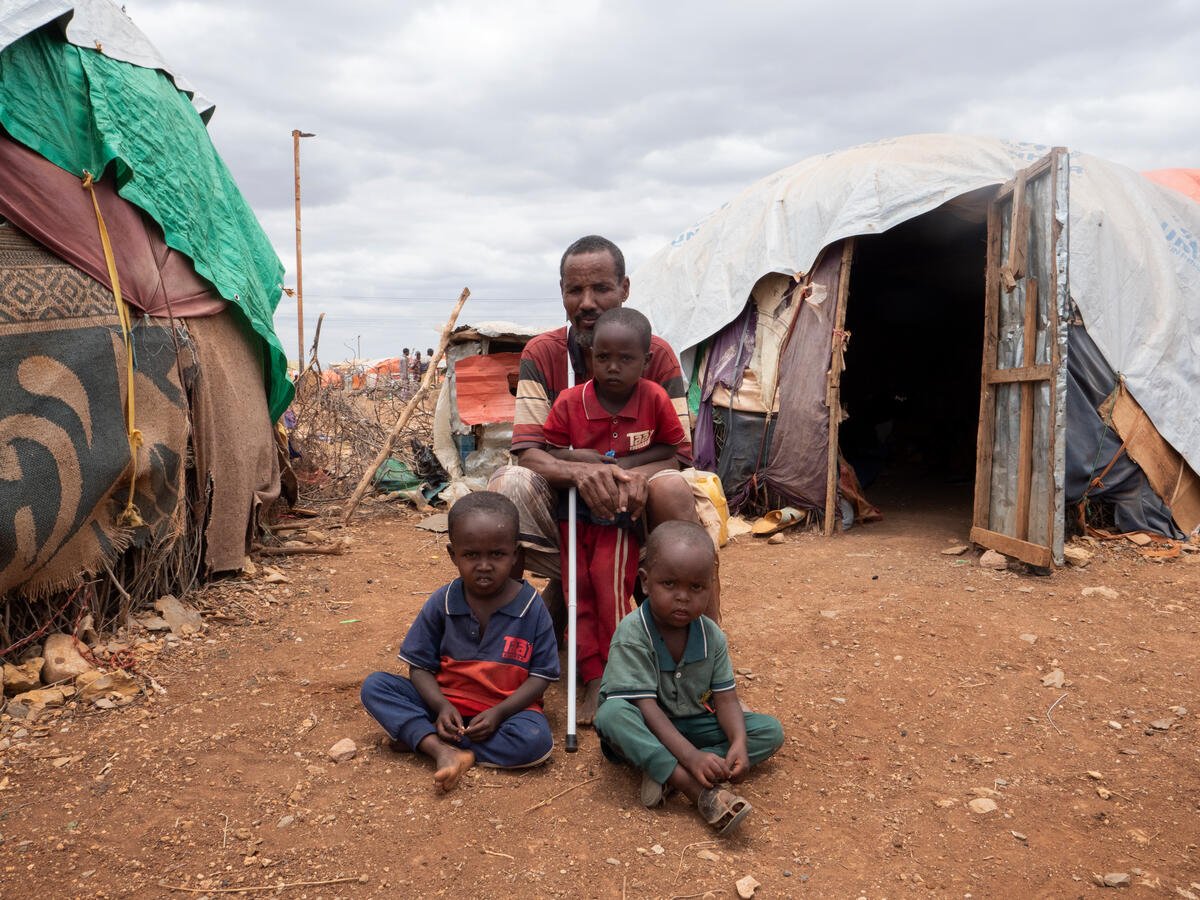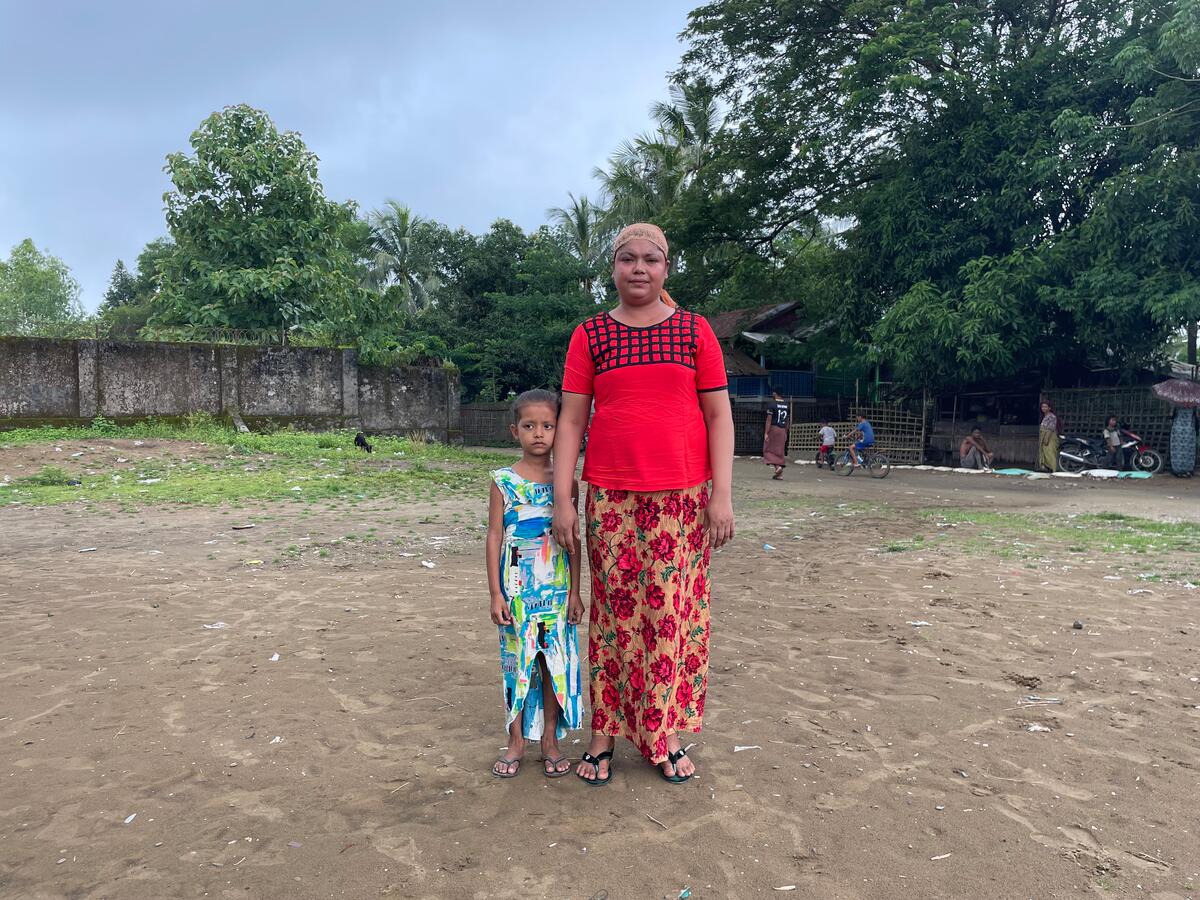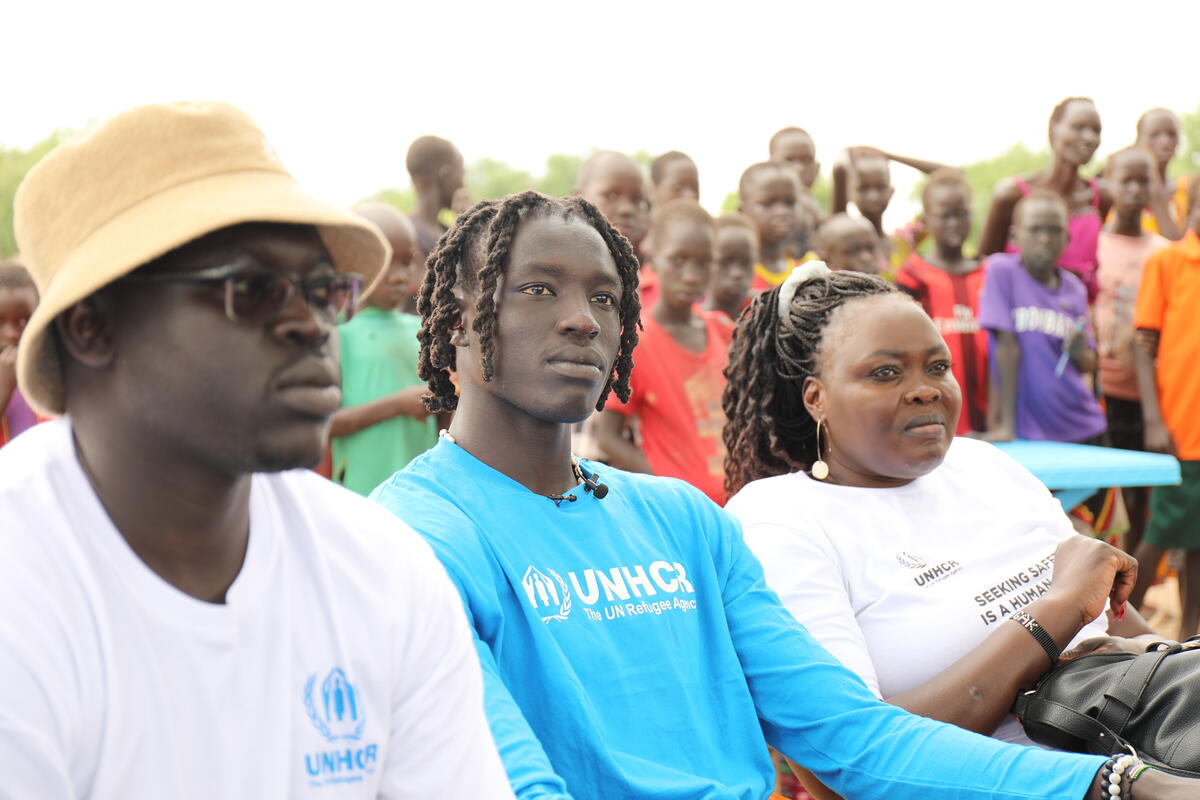Internally displaced number drops in Bosnia and Herzegovina
Internally displaced number drops in Bosnia and Herzegovina

GENEVA, April 15 (UNHCR) - The number of displaced people in Bosnia and Herzegovina has dropped dramatically in the last five years due to returns and local integration, according to the preliminary results of a major re-registration exercise.
The initial results, released by the authorities in Bosnia and Herzegovina on Friday, show that there are now 185,000 internally displaced people (IDPs) in the country, down by two-thirds from the 2000 figure of more than 500,000. The new number is also substantially lower than the last UNHCR estimate of 310,000 at the end of 2004.
"While this drop is partly accounted for by the known return of some 210,000 people to their homes in their pre-war places of residence during this period, the figures also reveal that a further 120,000 people decided not to re-register as displaced this time round," UNHCR spokeswoman Jennifer Pagonis told reporters in Geneva on Friday. "This is presumably for the most part because they have in the meantime found a solution, either by returning to their pre-war homes or by integrating into the communities where they have been living for the past decade."
She added that the authorities must now process the applications and determine the true needs of those who are still displaced in Bosnia and Herzegovina, almost 10 years after the signing of the Dayton Peace Agreement.
"Once this is done, we should have a much clearer picture of the outstanding needs, and the authorities will be in a better position to target the limited funds available for those among the 60,000 or so families who are still in need of assistance," said Pagonis.
In addition to the IDPs, refugees in Bosnia and Herzegovina - mostly from Croatia - were also re-registered. The data from this exercise is still being processed and will be announced separately.








